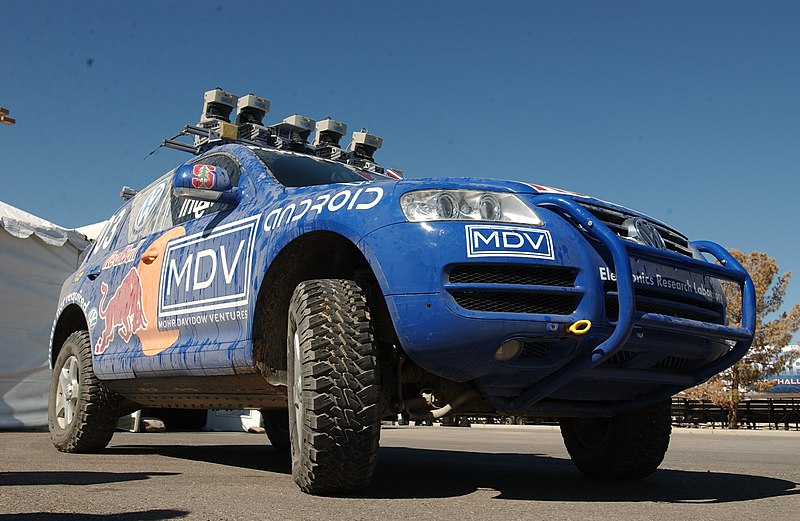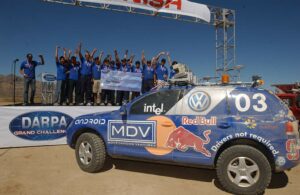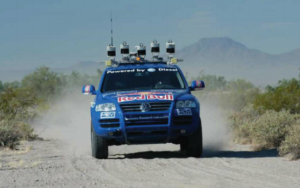
CyberRider, a pioneering team of engineers and technology enthusiasts, is at the forefront of autonomous vehicle innovation. In this article, we take a closer look behind the scenes at CyberRider and explore the cutting-edge technologies that power their self-driving dreams. From perception systems to decision-making algorithms, we delve into the intricate tech that enables their vehicles to navigate and interact with the world around them.

Perception Systems
At the core of CyberRider’s self-driving technology lies a sophisticated perception system. Utilizing a combination of sensors such as lidar, radar, and cameras, their vehicles capture a wealth of real-time data about their surroundings. Lidar sensors create detailed 3D maps, allowing the vehicle to accurately detect and classify objects, measure distances, and assess the environment’s dynamic changes. Radar sensors provide additional information on object detection, speed, and relative motion, while cameras offer visual cues for lane detection, traffic signs, and pedestrian recognition. The fusion of these sensors creates a comprehensive perception framework, enabling the vehicle to perceive its environment with precision.
Sensor Fusion and Data Processing
CyberRider employs advanced sensor fusion techniques to combine data from multiple sensors into a cohesive representation of the world. By merging information from lidar, radar, and cameras, the perception system generates a holistic understanding of the vehicle’s surroundings. This fused data is then processed in real-time using powerful computing systems. High-performance processors and machine learning algorithms analyze and interpret the sensory inputs, extracting valuable insights about the environment’s geometry, object detection, and motion patterns. The result is an accurate and up-to-date representation of the surroundings, forming the foundation for intelligent decision-making.
Decision-Making Algorithms
CyberRider’s self-driving dreams are powered by sophisticated decision-making algorithms. These algorithms analyze the perception data and make real-time decisions, enabling the vehicle to navigate complex traffic scenarios. By combining sensor data, road rules, and machine learning, the algorithms determine optimal trajectories, plan maneuvers, and calculate safe distances from other vehicles. They account for dynamic factors such as traffic conditions, pedestrian movement, and unexpected obstacles, ensuring the vehicle’s actions align with safety and efficiency.
Control Systems
The control systems in CyberRider’s vehicles bring the decision-making algorithms to life. These systems translate the planned trajectories and actions into precise commands for the vehicle’s actuators. By seamlessly integrating with the vehicle’s steering, acceleration, and braking systems, the control systems ensure smooth and accurate execution of the planned maneuvers. Advanced feedback control algorithms continuously monitor and adjust the vehicle’s movements, maintaining stability, and responsiveness.
Continuous Learning and Improvement
In the pursuit of perfection, CyberRider embraces continuous learning and improvement. They leverage data collected from their vehicles’ real-world operations to refine their algorithms and systems. Machine learning techniques enable the vehicles to learn from their experiences, adapt to diverse driving conditions, and enhance their performance over time. This iterative process of data collection, analysis, and refinement drives the evolution of their self-driving technology, making it increasingly capable and reliable.
Conclusion
Behind the scenes at CyberRider, a fascinating tapestry of technology powers their self-driving dreams. From perception systems that accurately perceive the environment to decision-making algorithms that navigate complex scenarios, and control systems that execute precise maneuvers, every component plays a crucial role in their autonomous vehicle technology. Through continuous learning and improvement, CyberRider remains at the forefront of innovation, pushing the boundaries of self-driving technology and bringing us closer to a future where self-driving dreams become a reality on our roads.


